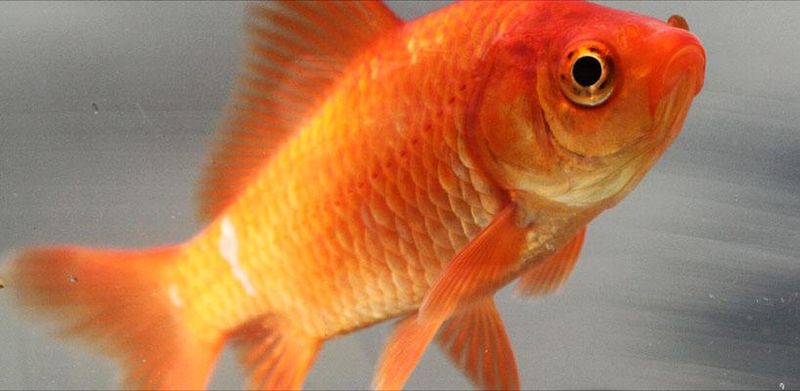A barista at the local cafe today asked me what a young musician can do to build more momentum with their target audiences, and how to make music that’s close to them while also appealing to what’s trendy in the mass market at that time.
Admittedly, the latter question made me sad. 😂 Artists should make music that’s close to them regardless of what the public thinks. That’s the purist perspective. However, thinking more pragmatically, the system is currently designed to make entry difficult for those new artists who produce completely unique and original music. This is as true for music as it is for the literary market, and likely, film and television as well.
I’ve been out of the music game for a few years, but three things came to mind in that moment that I believe still applies today:
Big Early Hooks
You might be familiar with the popular Microsoft study from 2015 that concluded that the average attention span for humans had fallen to eight seconds, down from 12 in the year 2000, finding that (as of 2015, at least) we now have a shorter attention span than goldfish (Time, 2015). Given the pervasive influence of digital media in the years since, it is probable that our attention spans have diminished even more.
Research from North and Hargreaves (2008) looking into the time it takes a listener to take interest in a particular piece of music found that listeners tend to make “rapid evaluations about music based on its familiarity, genre, and other contextual factors.” The study implies that listener interest in a particular piece of music content may be established almost instantaneously. Schäfer and Sedlmeier (2009) conducted experiments confirming that listeners often decide their liking for a musical piece within the first 10 to 30 seconds of exposure. They observed that this initial judgment strongly influences subsequent perceptions and behaviors toward the music.
Looking at user behavior on social media, analysis by platform and content format can vary, but combine the above findings on attention and music with the fact that social media users typically spend less than 2 seconds per single piece of content within their feeds, and we’re looking at a very short window to grab someone’s attention (Marketing Dive, 2017; Facebook, 2016).
Given this empirical information, it’s no surprise why music with big catchy hooks early in the arrangement tend to capture the most attention. This isn’t new information. For years industry experts have encouraged artists to write and place hooks earlier in their music, and I believe this guidance is still valid, albeit over emphasized.
My advice for the young aspiring artist is to yes — play the game. Set aside a song or two from each demo, EP or album with this purpose in mind. The songs from your repertoire that most closely align with the current day’s mass market hits. The attention grabbers. Perhaps emphasize crafting a big catchy hook only, and keep the verses unique and true to your style. Again, you only need to capture and hold attention for 2 seconds. Once you’ve brought listeners into your world with the attention grabber, you can show them what you’re capable of. Every expert marketer knows how important top of funnel tactics are to attracting customers. Your music career is about more than one or two songs. It’s about your personality, your identity, and the inspiration you bring to your fans. To be a successful artist in today’s chaotic digital world requires that yes, you must produce extraordinary art, but you also have to think like an expert digital marketer. That or have the resources to hire people to do this for you, which ain’t cheap.
Unique Covers
Most of us can name at least one artist that popped up in our algorithms, who put out regular covers (sometimes weekly) in an interesting format on Instagram or TikTok, and in a matter of months (or in some cases weeks) went from a few thousand followers to hundreds of thousands of followers, attracted representation in the form of an agent or manager, and are now supporting a regional or national headliner and working on their first original album. See Wendlo and Pacifica, as two examples. Three words come to mind when I think of these artists: consistency (in terms of structure, format, and regular post frequency), uniqueness (in terms of style and originality), and quality (in terms of performance, sound, and video).
Once again, attracting a fan base through covers requires being an expert marketer — knowing who your target demographic is and building a community around shared interests. You can start by making a list of the artists that inspire you most and building your digital ecosystem around fans that follow those artists.
Vulnerability
I’ve seen artists emulate the latest trend in music and catch a break with a big viral hit of their own just to see the audience they acquired early on dwindle and fall off. And I’ve seen artists stay true to their craft, producing truly original music, and put all of themselves into their fanbase just to struggle for 10-20 years and never get the mass market recognition they deserve (e.g. Portugal. The Man). Long story short, you may get lucky with a catchy tune but you won’t maintain or grow an audience without learning how to be vulnerable with your fans. This may come as a surprise for those who know my musical preferences but the first artist that comes to mind when I think of vulnerability is Selena Gomez. By openly talking about her imperfections, her struggle with mental health, and her general openness around the challenges she’s faced in her career, she is effectively bringing her core fans closer to her while gaining new fans who may be surprised by her humility and honesty.
In sum, whether I was talking to an emerging artist, or a superstar act the likes of Selena Gomez, I always suggested the same thing: be vulnerable with your fanbase. Show your process, the good days and the bad. Earn their respect and you’ll earn their fandom.
#
For anyone interested in learning more about Selena’s story I highly recommend listening to this episode of SmartLess hosted by actors Jason Batemen, Sean Hayes, and Will Arnett. And for anyone interested in reading more about vulnerability in the context of relationships, I’ve written about it here.


